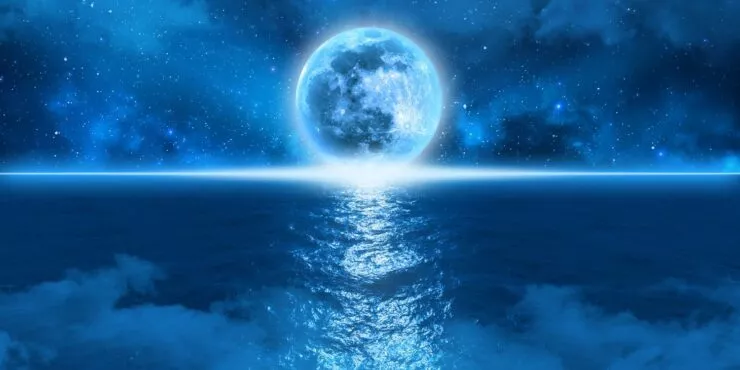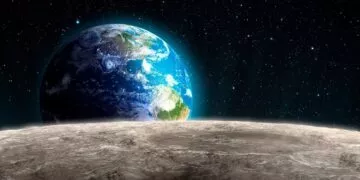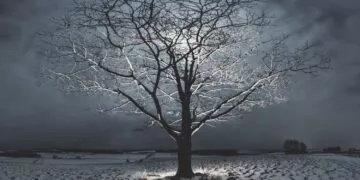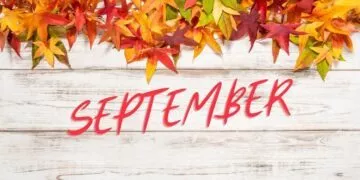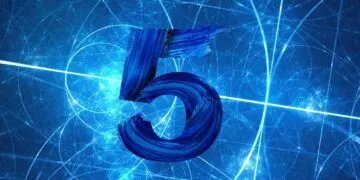When you look up at the night sky, the illuminating light of the moon isn’t always the same as it goes through different phases, from a thin crescent to a full circle. Even the color of this glowing orb in the sky can change.
Blue is the most iconic of all the possible moon colors, mainly for its use in the English idiom “once in a blue moon.”
But does a blue moon have anything to do with color, how often does it occur, and why?
Join us as we unravel this mystery of the night sky below.
What is the origin of the expression “once in a blue moon”?
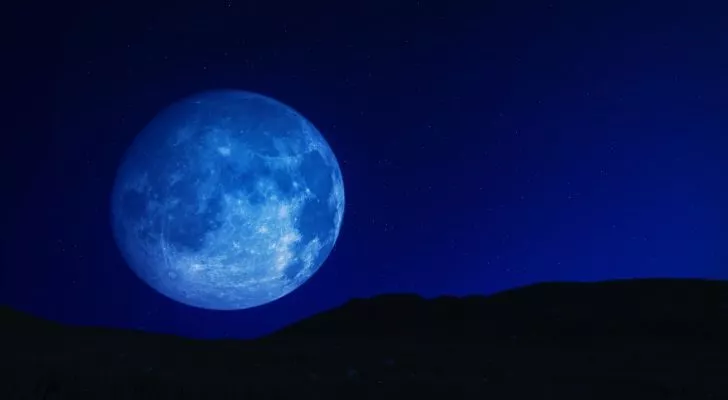
It’s common knowledge that an event that occurs once in a blue moon is rare, but this phrase once had a different meaning.
Early references to blue moons usually meant something absurd or impossible. After all, the moon was never blue.
According to Memorial University Professor Phillip Hiscock, the earliest records of the “blue moon” in English dates back to the 16th century.
Cardinal Wolsey, an adviser to England‘s King Henry VIII, wrote that his enemies “would have you believe the moon is blue.”
Centuries later, the meaning of this phrase changed, and it was used instead for rare events. By the 19th century, it had become commonplace in London street slang.
But it wasn’t till 1871 before we saw the modern use of this phrase in a book where one character talks about eating “a fruit pastry once in a blue moon.”
What is a blue moon?
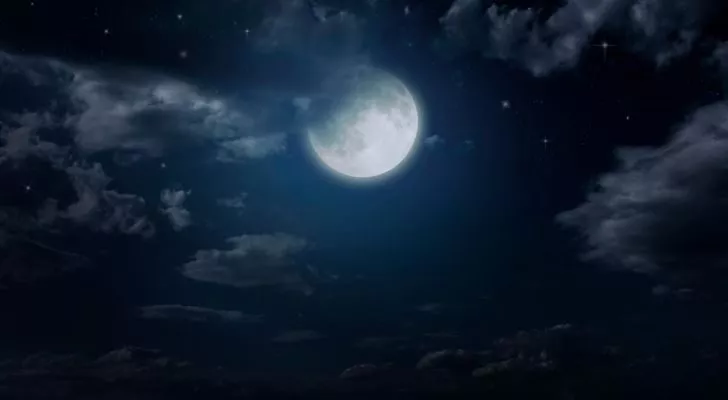
There are two ways to describe a blue moon. The first description originates in the 19th-century Maine Farmers’ Almanac, which contains a list of all the full moons in a tropical year.
This period isn’t the same as a calendar year and extends from one winter solstice (around December 20) to the next.
The Maine Farmers’ Almanac typically has 12 full moons each tropical year, three moons per season. However, there are 13 moons occasionally, causing one season to have four.
Unlike the others, this extra moon had no unique name, so it was simply called the blue moon.
The second explanation for a blue moon arises from an error never corrected. While it may have started due to miscommunication, this second definition has become more popular than the original.
It began in 1946, when an article in the Sky & Telescope, a popular astronomy magazine, botched the explanation of the blue moon.
It misinterpreted the Maine Farmers’ Almanac and explained incorrectly that if a second full moon appeared in a month, it was a blue moon, and this was the definition that stuck.
How often do we get a blue moon?
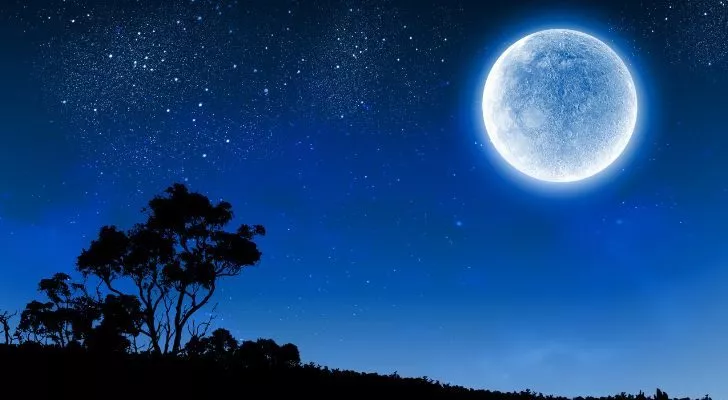
As it turns out, a blue moon isn’t all that rare compared to other astrological events. According to The National Aeronautics and Space Administration (NASA), we typically see one every two and a half years.
It usually takes the moon 29.5 days to go through its phases. This means there is at least one full moon each month. An exception to the rule is the appearance of two full moons in one month (a blue moon).
Any month of the year can have a blue moon except February. This is because February, with just 28 days, is shorter than the average moon cycle. Sometimes, February may not have a full moon at all.
Does the moon ever turn blue?
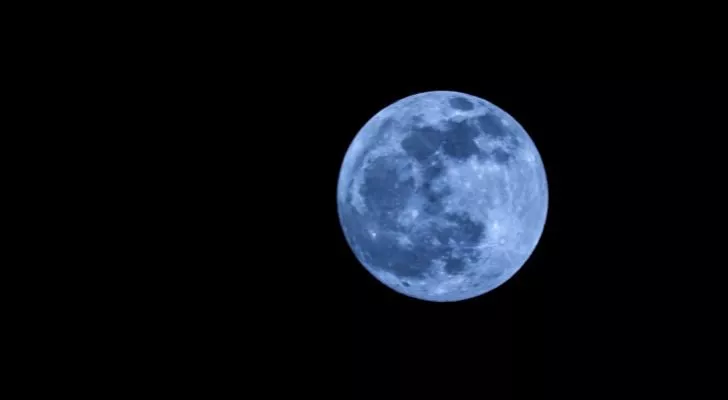
Despite the name, an actual blue moon is entirely unrelated to color. This moon looks like any other one on a regular night, white with pale gray markings. But a blue-colored moon is possible.
When enough tiny particles in the air interfere with light rays, the moon can appear different.
According to NASA, for the moon to turn blue, the particles in the atmosphere should only be a bit larger than the wavelength of red light (0.7 microns).
One prominent example of a genuinely blue-colored moon occurred in 1883 after the Krakatoa volcanic eruption.
Smoke billowed out of the site covering the sky with ash and particles that altered the light rays, making the moon appear blue for years.
The same effect could also be seen during the 1950 Muskeg fires in Alberta, Canada.
And now you know! A Blue Moon is the extra moon in a tropical year or the second moon in a calendar month. It’s not really blue and has no significant features.
The moon can take on a bluish tinge if right-sized particles fill the air. This may happen during wildfires or volcanic eruptions, but it isn’t the same blue moon as the phrase “once in a blue moon.”
